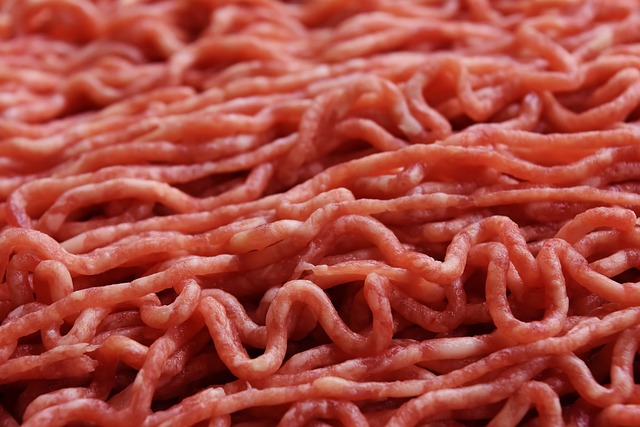Understanding Pet Food Labels and Ingredients
Pet owners are often unsure about what to look for when it comes to their pet’s food. With so many different brands, formulas, and ingredients on the market, it can be overwhelming to choose a high-quality food that meets your pet’s needs. One of the most important factors in determining the quality of your pet’s food is the ingredient list. In this article, we’ll break down the key points to look for when reading pet food labels and provide tips on how to make informed decisions about your furry friend’s diet.
Step 1: Check the First 5 Ingredients
- The first 5 ingredients listed are usually the most important. Look for whole foods like chicken, salmon, or beef that are named as the top ingredient. Avoid generic terms like “meat” or “by-products,” which can be vague and potentially unhealthy.
- Check if any of these ingredients are named after a specific company or product (e.g., “Purina Chicken”). This may indicate that the company is using low-quality fillers or by-products in their food.
Step 2: Look for Added Vitamins and Minerals
- Many pet foods are fortified with vitamins and minerals like vitamin E, calcium, and phosphorus. These additives can help ensure your pet is getting all the nutrients they need. However, some pets may be better off without these additives, as they can sometimes cause adverse reactions.
- Check if any of these supplements are derived from natural sources (e.g., animal fat) or synthetic sources (e.g., petroleum-based compounds).
Step 3: Be Aware of Common Allergens and Sensitivities
- Certain ingredients can cause allergies or sensitivities in pets, such as beef, dairy, eggs, soy, or wheat. If your pet has a known allergy, look for foods that avoid these ingredients.
- Some pets may have sensitivities to specific ingredients even if they don’t exhibit obvious symptoms. For example, some pets may react poorly to certain types of fish or shellfish.
Step 4: Check the Food’s Life Stage and Lifestyle Requirements
- Pets at different life stages (e.g., puppy, adult, senior) have different nutritional requirements. Look for foods that are specifically formulated for your pet’s life stage and lifestyle needs.
- For example, a puppy food should contain more protein and fat than an adult or senior food to support growth and development.
Step 5: Consider Your Pet’s Individual Needs
- Certain pets may have specific health conditions or dietary needs that require special consideration. For example, pets with kidney disease may need a diet low in phosphorus.
- Consult with your veterinarian to determine the best food for your pet based on their individual needs and health status.
The Importance of Transparency and Accountability
- Pet food manufacturers are required to follow strict guidelines set by regulatory agencies like the FDA. However, these guidelines can be complex and difficult to navigate.
- Look for manufacturers that prioritize transparency and accountability in their ingredient sourcing and production processes.
The Impact of Pet Food on Your Pet’s Health
- A high-quality diet is essential for maintaining your pet’s overall health and well-being. A poor diet can lead to a range of health problems, from obesity and dental disease to kidney failure and cancer.
- By choosing a food that meets your pet’s nutritional needs, you can help prevent these problems and promote optimal health.
Conclusion
Choosing the right pet food for your furry friend can seem daunting, but by following these simple steps and considering your pet’s individual needs, you can make an informed decision that promotes their health and well-being. Remember to always prioritize transparency and accountability in your pet food choices.
Tags
- Pet Food Labels
- Pet Nutrition
- Dog Food Ingredients
- Cat Food Ingredients
- Pet Food Transparency

